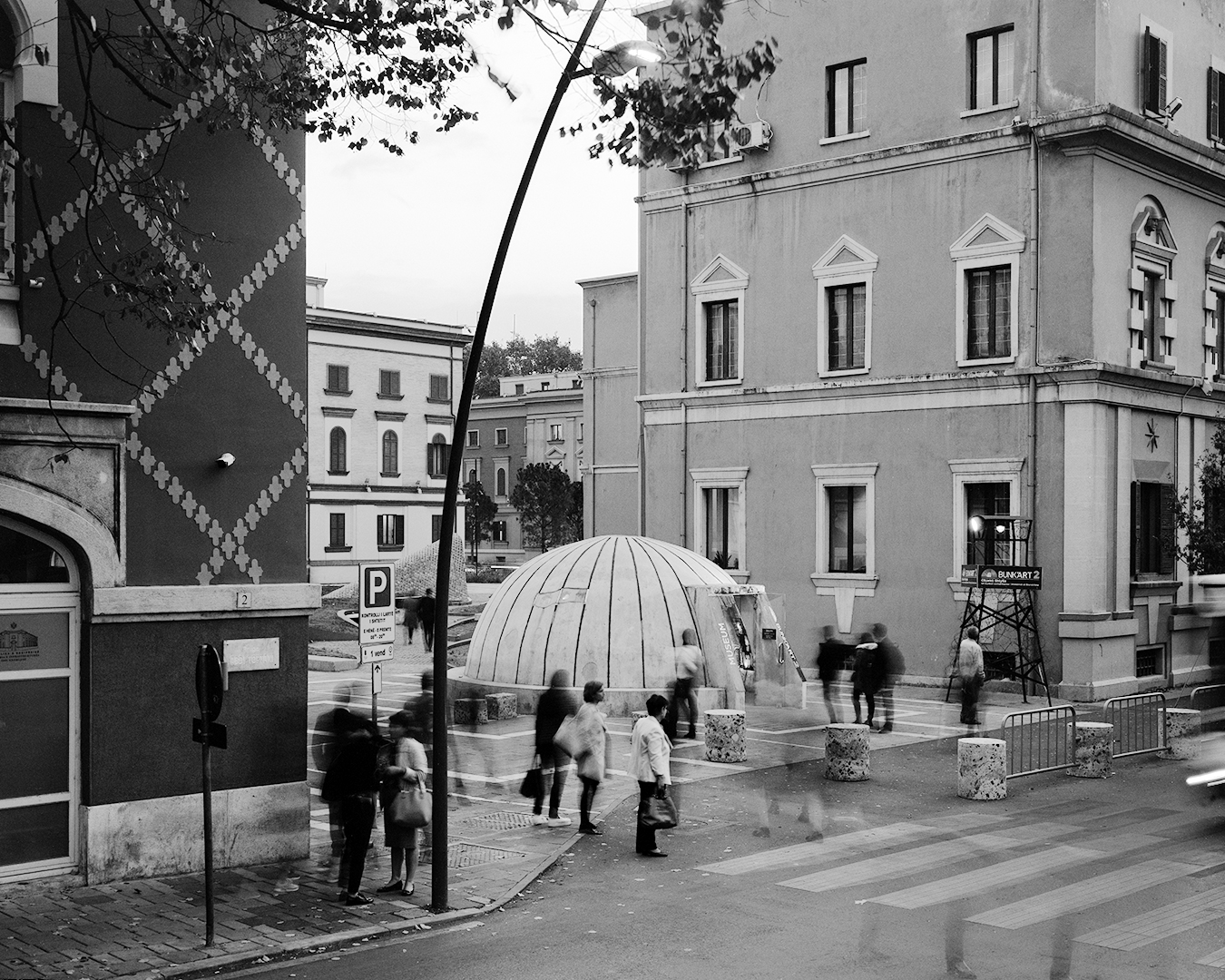Pickaxe and Rifle
Enver Hoxha’s socialist bunkers
The quest for freedom and democracy in Albania started some 30 years ago, when popular revolutions spreaded all over the country. In a couple of months the demonstrations brought to the first multi-party elections of the Balkan State (March 1991). Before that moment Albanians were living for decades under the isolationism of a ferocious socialist dictatorship. After the fall of the regime, in less than thirty years, the country has changed a lot on the path towards liberal democracy. The route is still far to be fully accomplished but there is a general will of leaving the past behind, starting from its architectonical remnants from the brutalist period as well as from the previous Italian fascist occupation.
In this complex context, thousands of defensive bunkers are still lying as ubiquitous elements of the Albanian landscape and force the community to face its recent History. All these concrete structures of various dimensions were designed during the government of Enver Hoxha, the communist leader of the State from 1944 to 1985.
Nobody knows their actual number: some estimates suggest that they might be up to 750,000, scattered all around the country. Their construction took place from 1967 until 1986 and it follows a fixed engineered drawing created by Josif Zagali, a military architect whose career followed the destiny of the regime itself. Zagali was a partisan during WWII and then became one of the closest advisors of the dictator. In 1974 he was accused of espionage and was finally sent to a labour camp. Only a few years before his death he repented for his loyalty to the regime. Despite this hectic rush, though, none of the bunkers have ever been used in a real conflict (or as a defensive device against an enemy invasion) during Hoxha’s rule.
The structures have today lost their original purpose and most of them lie in ruins or in full abandonment (while only a few have been converted to civil or private use), but they still represent a vivid testimony against nationalism and authoritarian regimes.
































Filippo Bardazzi ©2025